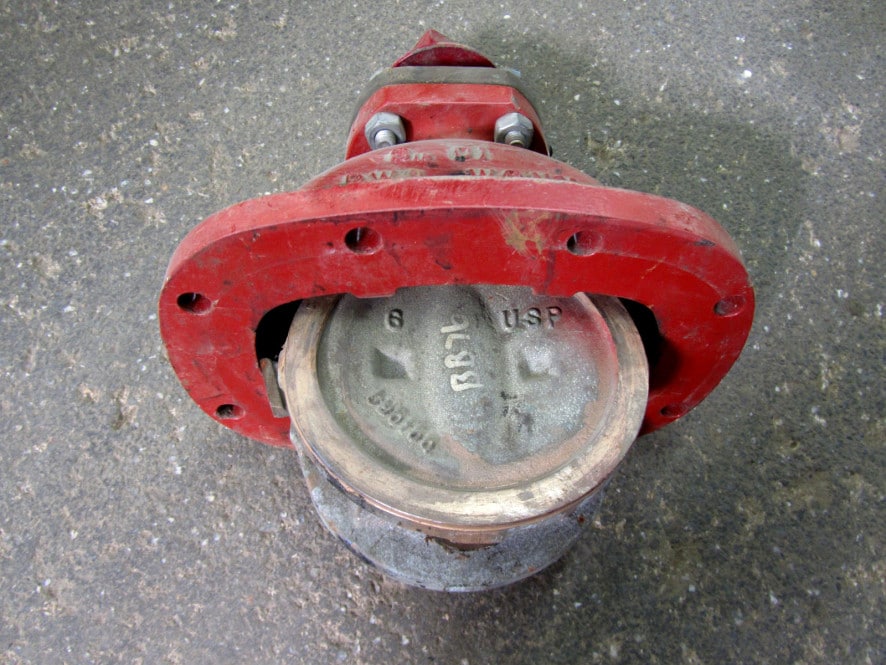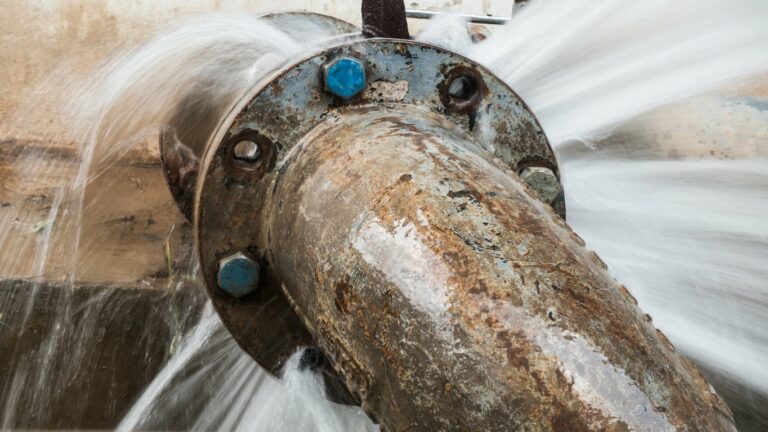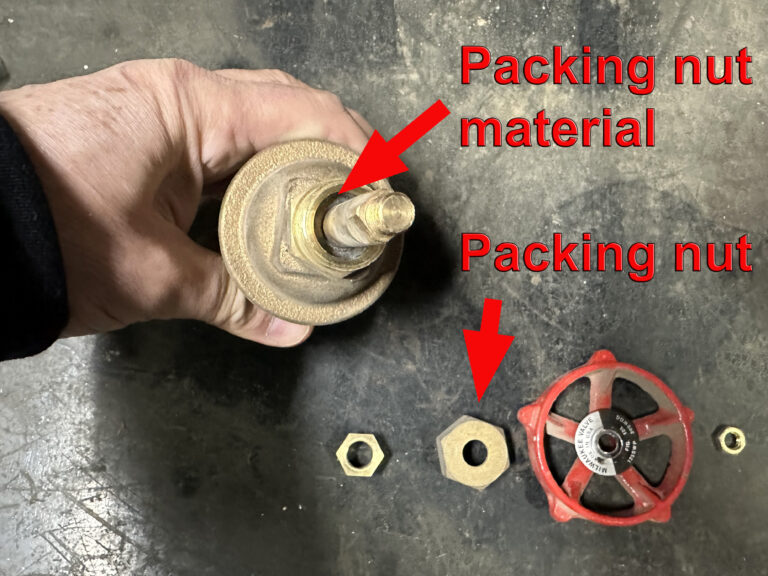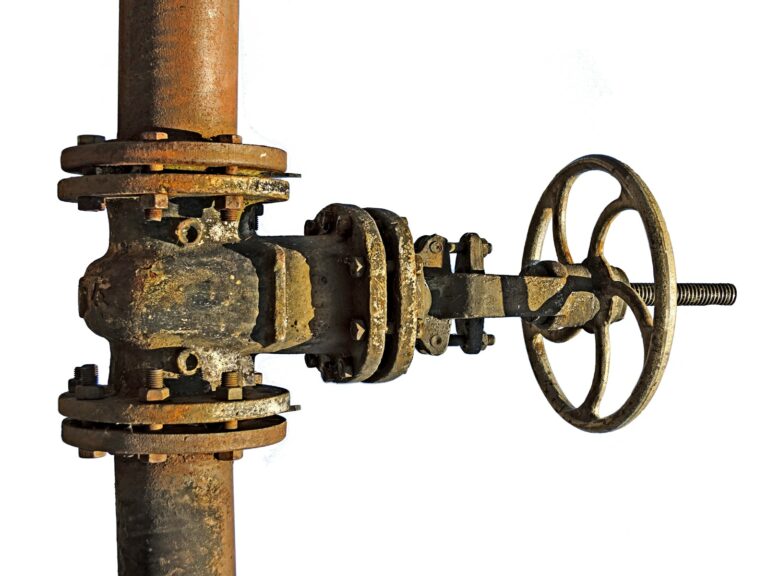When a water valve replacement is needed, some common rules apply to almost all jobs. Of course, the first rule is to close the water supply first – you’d be surprised how many people forget to do that! But even closing the water supply has some guidelines.
Always close the valve on the house side of the water meter, or the valve closest to the portion of the piping where the water valve replacement is to be done. Always try to avoid closing the valve on the water service line going to the roadway.
If the water valve closest to the foundation wall (the outside of the house) fails or breaks there is no backup valve after it. Even if a curb valve exists, they are frequently buried or do not work properly.
Check and Double-Check: Make Sure That The Water is 100% Off
Even when you think the main water supply is off to the section of the plumbing affected by the water valve replacement, make certain. Never risk water damage or flooding because it was not verified that the water is off. When it involves plumbing and live water, never assume, always verify.
Exercising water valves once a year can frequently prevent them from failing, extend the life of the valve, and potentially prevent a water valve replacement from being needed. Once left in place for a long period of time a valve can freeze in place, snap, or get blocked with sediment.
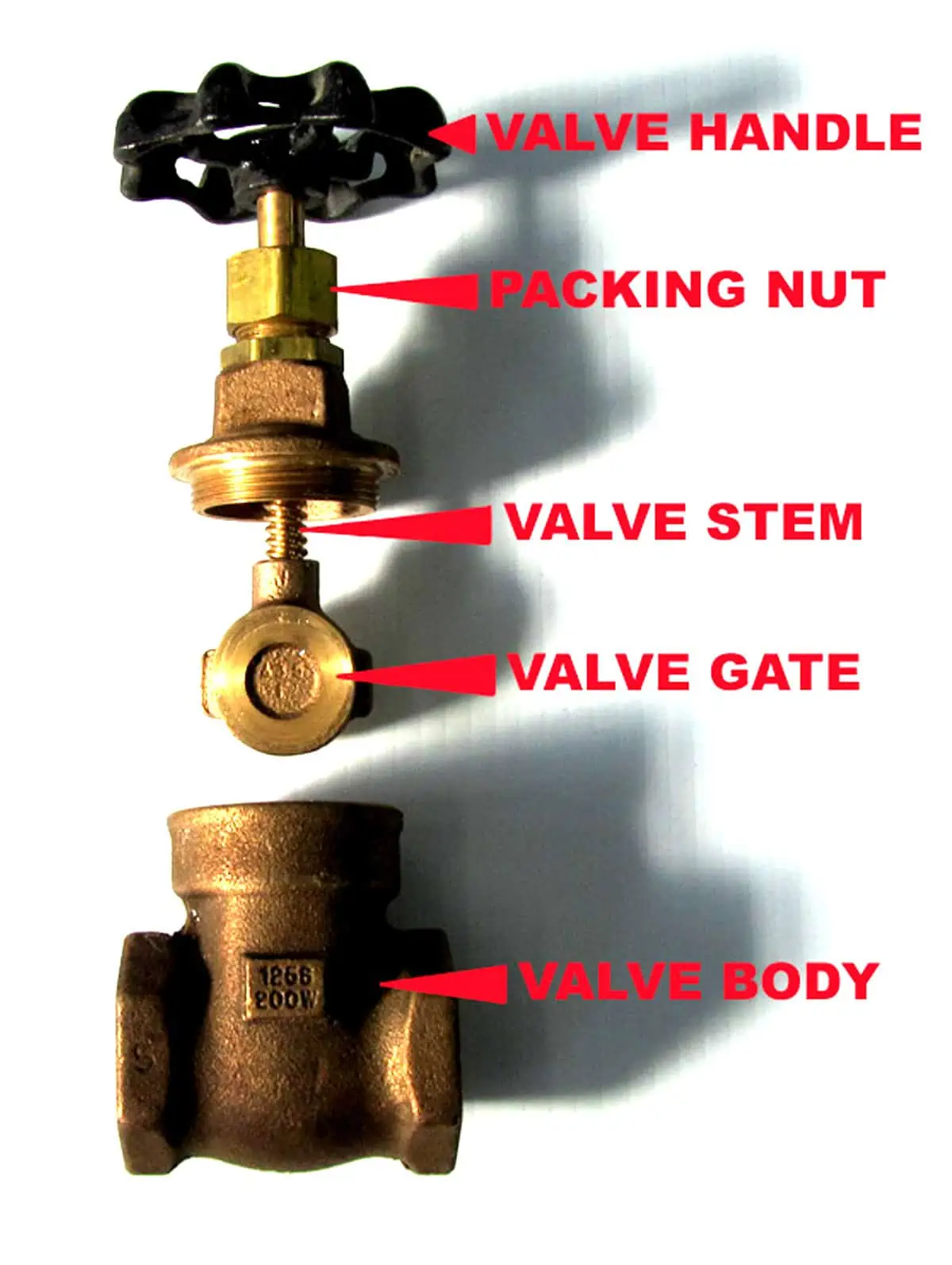
Water Valve Replacement – From The Easiest To The Toughest
Each type of water valvereplacement can require a different skill level and plumbing tools. Some water valve replacement work even requires permits and opening of the roadway if the valve is for the main water service line. As a matter of note, a main water shut off valve replacement cost is the most expensive. Job site conditions can vary dramatically. As an example, working in an unfinished building is far different than working inside a finished basement.
Speedy valve replacement
What is referred to as a speedy valve is the small valve typically located underneath a sink or a toilet. This is probably the only water valve that is easily replaced without the need for a skilled plumber. Special tools are not even required – just a pair of pliers of vise grips.
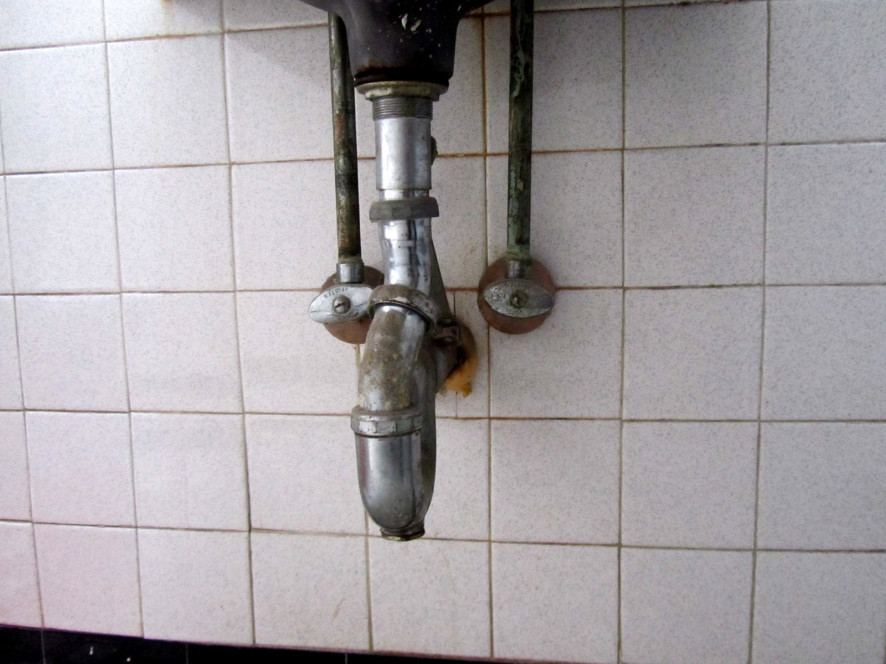
Once making sure that the water supply is off, replacing a speedy valve should take about 10 minutes. Once the new valve is installed always turn the water back on slowly. Make sure all air in the line is slowly bled out to avoid water hammer.
Even a speedy valve, which is used for sinks and toilets, can require a skilled plumber and specialty tools to replace it. If a speedy valve is hard piped into a sink, such as pictured, sink wrenches and pipe wrenches will be needed. It would not be a job suggested for an unskilled person.
Branch line valve replacement
Frequently inside a house, there are control valves for branch lines on a plumbing system. If there are none, it is advisable to install branch line control valves. A branch line control valve enables repairs to a section of a building’s water supply system without closing down the entire system.
On a typical house, a branch line is typically 3/4″ or 1″. But every building varies depending on the number of plumbing fixtures and living units. On larger buildings or builders with fire sprinkler systems, the valve size might be 3″ or larger. These jobs require more than one person to complete a water valve replacement and a higher skill level.
Like any water valve replacement in the building, start by closing the control valve on the house side of the water meter. Then bleed out the affected section of the plumbing system.
Most newer buildings have L-type copper as the plumbing material inside the building. That means that to replace the branch line valve would involve soldering, and the use of a torch. For that reason alone, it is suggested that a skilled and licensed plumber be used. When using a torch is involved, a skilled tradesman with proper insurance coverage is highly recommended.
A branch line water valve allows for water to be shut for a particular section of inside plumbing. This avoids disturbing other parts of a building or plumbing system.
Main control valve replacement
When a main control valve needs to be replaced there are options. These options depend on the size and type of the valve, and the condition of the existing valve as well.
When a main valve freezes and splits
In unheated or unoccupied buildings main control water valves can freeze and split in the Wintertime. This typically happens around where the gate lowers on a gate valve, and where the ball is located on a ball valve. That is because this is the area where the body of each valve is the thinnest.
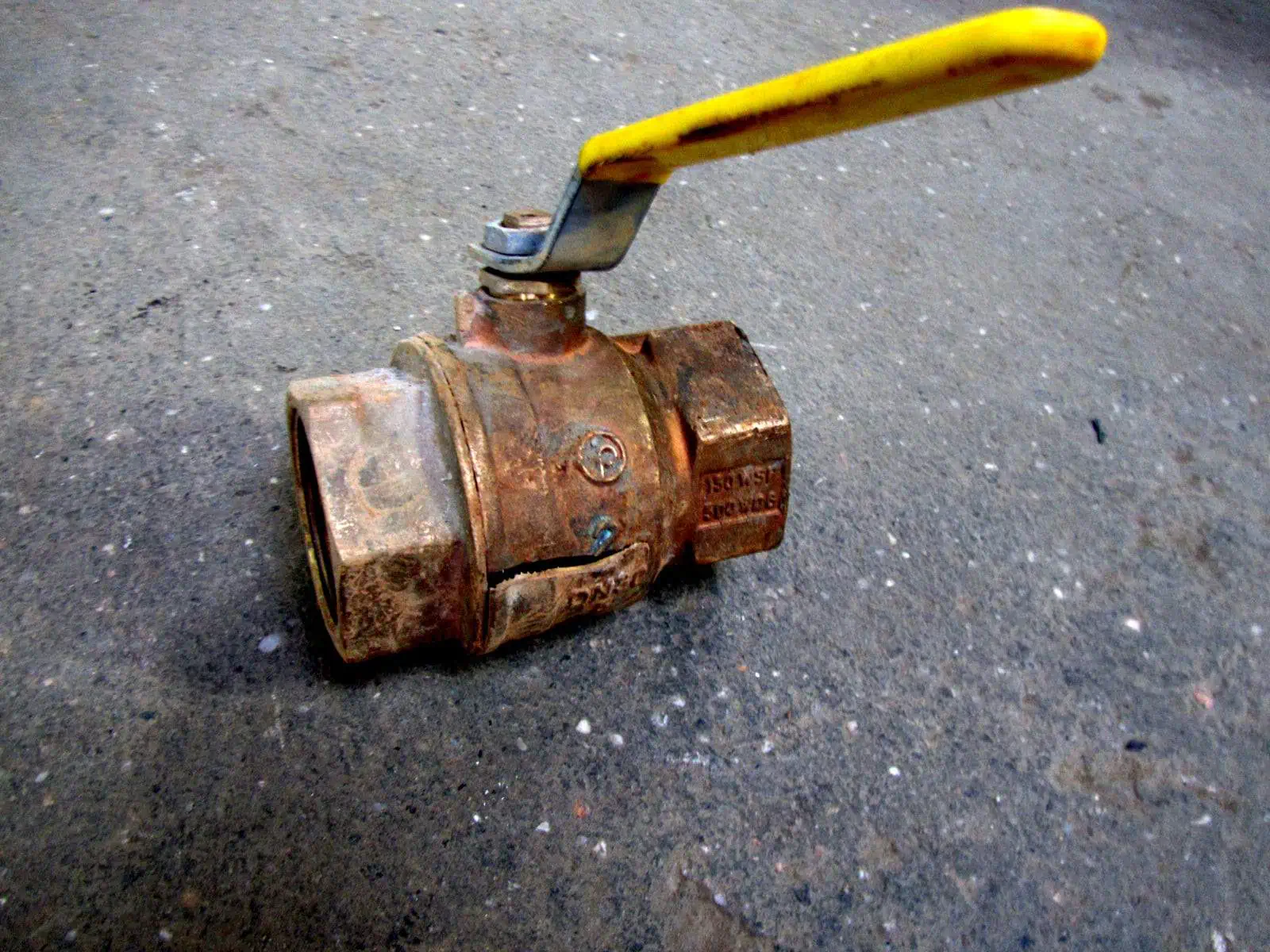
Frequently when the body of a valve splits it will not leak while it is in the closed position. In these cases, dry ice can be used to freeze the line while a new valve is spun on. This can save a lot of money by avoiding having to secure permits and open the roadway.
There are also freeze kits and water main tools known as “Dutch fingers” that allow for changing out a valve without having to close the water.
More frequently curb valves are installed for water service lines in NYC. A curb valve also allows for work to be performed without having to open the roadway and secure DOT permits.
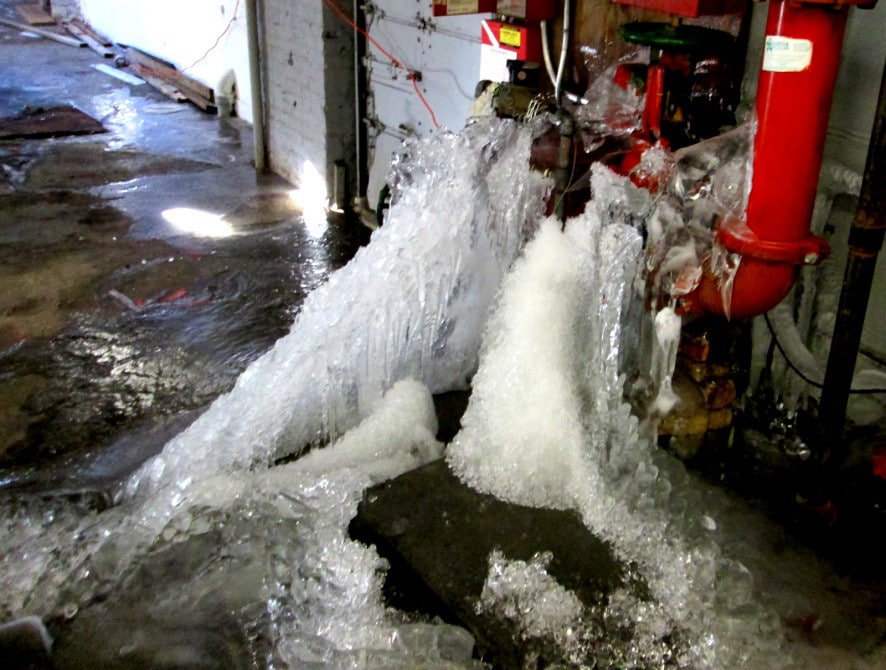
When a main control valve will not completely close
In many cases, a main water valve will not entirely close. But only allow a trickle of water to go through. Of course, the valve should be tested by opening a plumbing fixture to test precisely how much water flows through.
If in fact, only a trickle of water goes through the old valve can be jumped. “Jumping a valve” means to leave the old valve in place, and install a new valve on the house side of the old valve. After this is done the valve handle should be removed from the old valve so it is never mistakenly used again.
On some larger valves or valves that are in inaccessible locations, there is another option to avoid a main water shutoff valve replacement. Some unique conditions call for a repair instead of a water valve replacement. This can be done by purchasing a similar size and brand valve as the defective one.
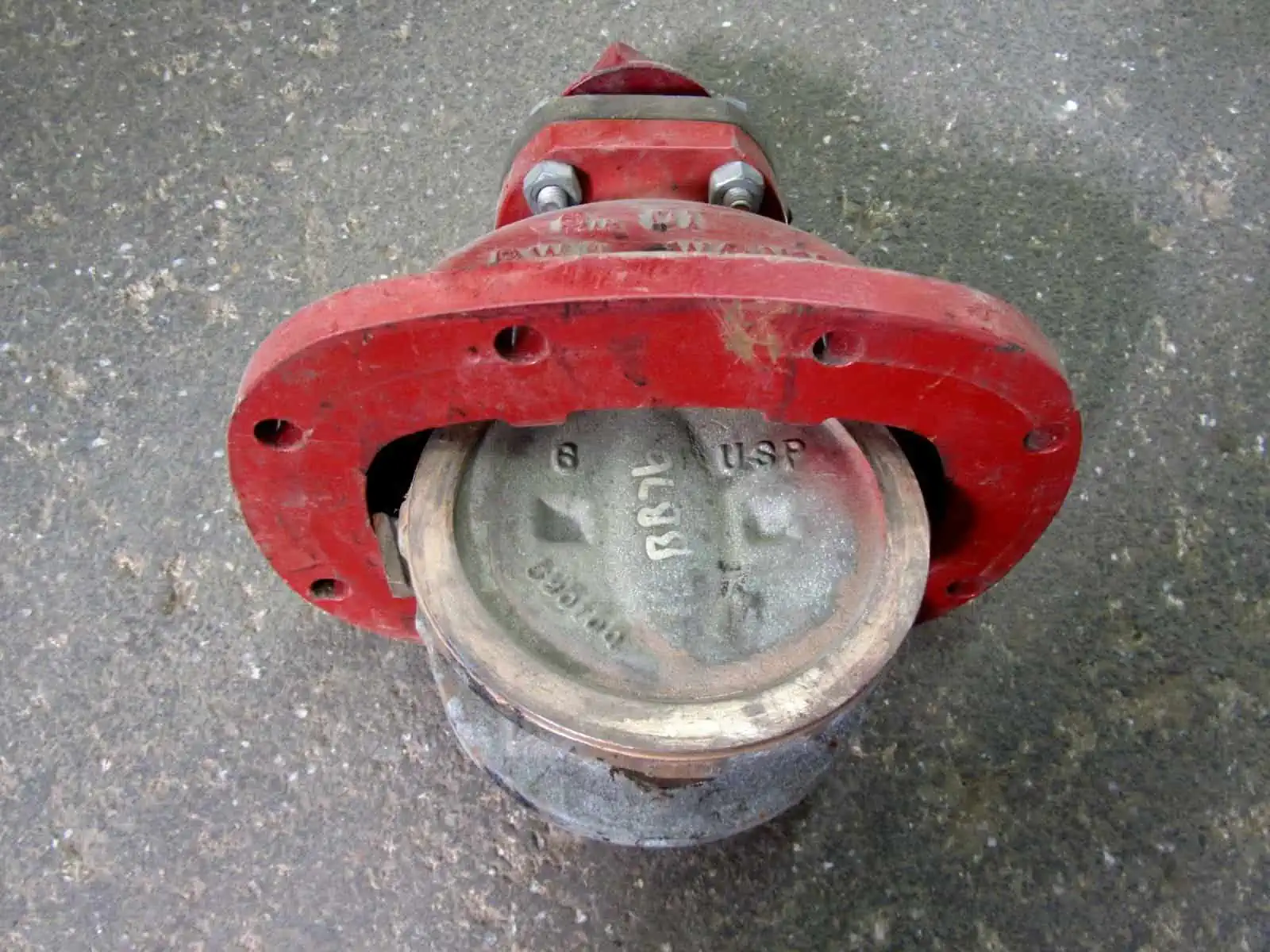
Removing the bonnet of a gate valve will allow for the stem, gate, and bonnet to be replaced with new components. While not appropriate in too many cases, this method of repair can save labor when a valve is in an odd location or is very large.
Curb valve replacement on a water line
When a replacement is required for a curb valve there are unique requirements. To change a curb valve the connection to the public water main line has to be closed. Typically DOT and DEP permits will be required. A point of interest is that the NYC DEP did not require sidewalk curb valves on all water lines until around August 2021. The requirement for sidewalk curb valves was added to Title 15 Chapter 20 of the NYC DEP Rules at that time.
DEP code requirements are that curb valves be installed 2′ back from the curb line, going towards the building (in the sidewalk area). However if an existing curb valve is present in a different location, the replacement valve will be “Grandfathered” in at the same location.
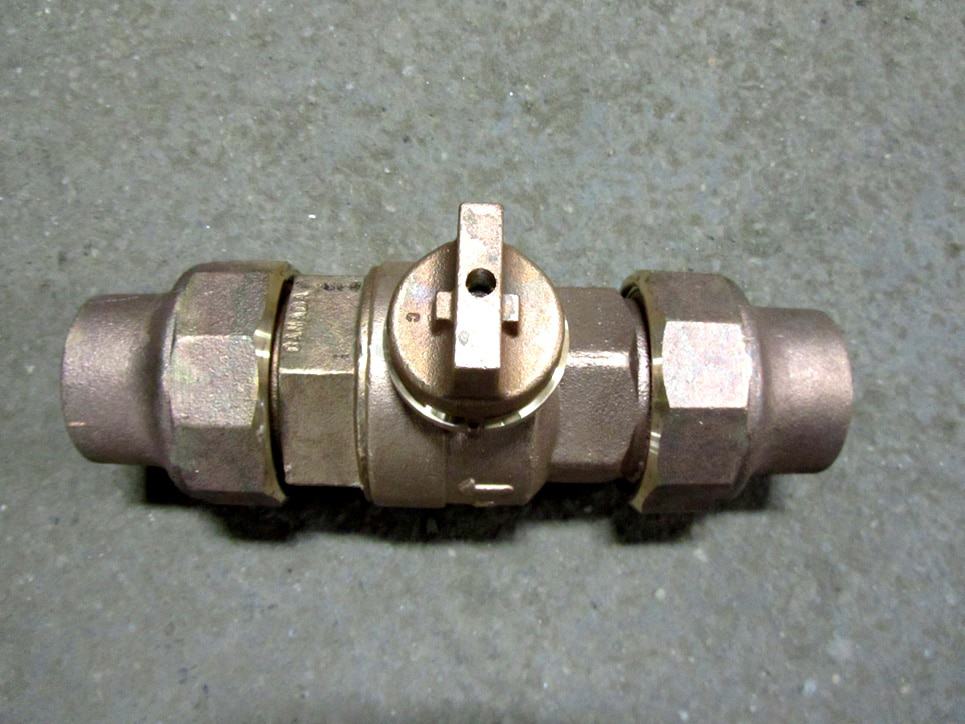
Sometimes curb valves are also installed in different locations because of obstructions such as trees or underground utility lines.
Curb valves for copper lines up to 2″ in diameter are typically one-piece units, with the valve itself having a flare fitting on either side to connect to the service line. Larger lines need specialty fittings to connect to. In some cases, transition fittings or transition gaskets may be needed to connect unlike materials.
In the past curb valves for fire sprinkler mains or standpipes were installed 2′ past the front wall of the building in NYC. In recent years the NYC DEP changed their requirements to make them more uniform. All new curb valves are now required to be 2′ back from the curb line
Tap or wet connection valve replacement
A tap or wet connection is the actual water service line connection to the public water main. In some cases, a component of the connection can be faulty and cause a leak. One example of this would be if the core of a tap connection is leaking. In some cases, the core of a tap can be replaced without having to remove the entire tap.
Another case where a valve can be repaired is in the case of a wet connection where only a component of the valve is defective. Various parts of a valve can break or leak such as the stem, nuts, and bolts holding components together, the operating nut, or the valve packing.
In some cases, a wet connection can be repaired without having to shut down a section of the city water main. These cases are rare, but can greatly lower the cost of the job due to labor savings. They also eliminate the DEP bill for their field forces having to close and then reopen mainline gate valves on the public water supply system.
Even when a wet connection is repaired the material costs typically remain the same. This is because a new valve still has to be made unusable when its parts are used as salvage to fix an old existing valve. Other costs that remain constant are the permit and restoration costs.
When a wet connection valve leaks typically a section of the public water main has to be shut to perform repairs. In sensitive areas of NYC, the water cannot be shut until night-time, or on weekends. Since the DEP charges for this service, off-hours work adds to the cost. Wet connection valves require a very skilled plumber to properly work on.
Why call a licensed and insured plumber?
Water valve replacement and repair work is a perfect example of why only a licensed and insured plumber should be trusted. More than almost any other type of plumbing work, main water valve work is prone to the unexpected. In the hands of an unskilled and improperly insured individual, it can result in property damage and the unexpected loss of water service.
In short, hiring a contractor without a proper license and insurance can leave a property owner in a disastrous situation, and with little recourse. Hiring a contractor who is not properly insured for the scope of work to be performed can cause major issues if a claim arises. The insurance carrier is well within its rights to deny coverage.
Lastly, hiring an uninsured contractor can leave the client seeking reimbursement for damages directly from the contractor. Frequently this means not being able to recoup from any damage or loss caused by the contractor, or for a protracted legal battle.

